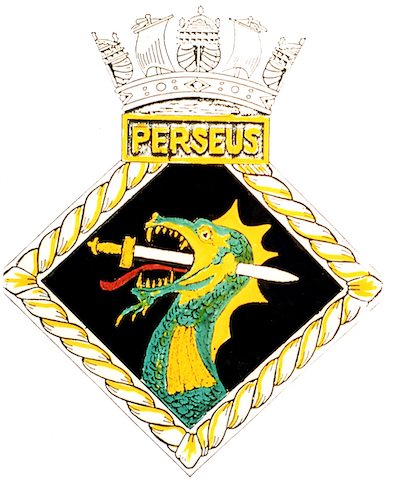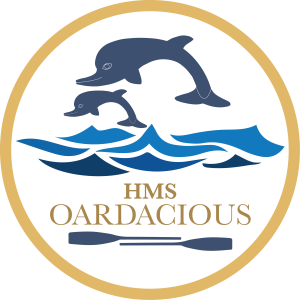HMS
PERSEUS
(1929
-
1941)


HMS PERSEUS (Lt Cdr E C F Nicolay) sailed on 26 November 1941 to patrol in the Ionian Sea but was listed as lost when she was overdue on 19 December. Two years later, the only survivor (Leading Stoker Capes), returned to the UK and reported that PERSEUS had struck a mine and was lost during the patrol. It was subsequently determined that she had been lost 5 miles south of Kefalonia on 6 December 1941.
See this video for more information about the fate of PERSEUS.
PEOPLE WHO DIED WHILE SERVING IN THIS UNIT
VISITOR COMMENTS
If you want to add a comment on an individual person then please click on his name in the list above and you will then be able to make the comment on his own page





3 responses
Very many thanks to the Type 21 Association for conducting this memorial ceremony and honouring the crew of HMS PERSEUS and to Stuart Perry for the video and photographs.
Today, 6 June 2025, a wreath laying ceremony was held at the Memorial to HMS Perseus in Poros, Kefalonia.
Editorial below.
Moving wreath laying at the Perseus Submarine Monument in Poro, Kefalonia!
On the anniversary of the Allied Descent in Normandy (D-Day, June 6, 1944) as is customary every year now for 7 years the British tourist and member of the official group of former British officers and sailors who served on Type 21 Frigates (otherwise Amazon class) “Type 21 Club” Andy Walters testified Wreath at the Monument, Sarakiniko in Poros Kefalonia, in honor of the crew of the Perseus Submarine that sunk by impact on an Italian mine off southern Kefalonia on December 6, 1941.
In this touching event of our British allies, today many other Britons also participated. Among them were retired British Officers Nick Nicholson who is awarded honorary titles by Queen Elizabeth II (MBE – Member of the British Empire and BEM – British Empire Medal) and Major Chris Gaylor to whom we admired his medals!
Delivering an emotional speech, Andy Walters thanked all who came to honour the sailors of the Perseus Submarine. As reported to us, among the 59 sailors of the Perseus Submarine, there was Kefalonite Lieutenant Commander Nicholas Merlin of the Greek Submarine Glaukos as well as the only surviving British John Capes, for whom he expressed his gratitude to the Kefalonite people for protecting him from the enemy occupation for two years until his escape.
Then they all exclaimed together “we will remember them” followed by a two minute silence by attendees as well as the laying of a wreath at the memorial by Andy Walters!
This time the event was also honored by local rulers of our place: Deputy Mayor of Eliou Pronnos and Tourism Nikos Kurkoumelis, the President of Poros Kefalonia Odysseas Galiatsatos, the President of the Cultural Association of Poros-Kefalonia “O Pronissos” Aspasia Seriatos as well as the President of the Business Association “E. .. Τ. Β. Α. Atros” Eleftherios Stellatos!
Finally, I must inform you that this event exceeded all expectations in respect, participation, brilliance and excitement, and promised to be even greater next year!
Spyros Kagadis
Please watch my video with the full event here.
I have just returned from a Holiday in Skala Kefalonia where I read about the remarkable submarine escape of John Capes from HMS Perseus in 1941.
Attached to the 1st Submarine Flotilla, based in Alexandria and under the command of Lieutenant-Commander Edward Christian Frederick Nicolay DSO RN. The submarine sailed from Malta for Alexandria on 26 November 1941 with instructions to patrol waters to the east of Greece during her passage. At 10 pm on 6 December she struck an Italian mine off Cephalonia, 7 miles (11 km) north of Zakynthos in the Ionian Sea.
Of the 61 on board, the only survivor was 31-year-old Leading Stoker John Capes, one of two non-crew members hitching a lift to Alexandria. After administering a tot of rum from a bottle found loafing in the compartment, he prepared the compartment for escape; he helped three others who were injured to escape and then escaped himself from the submarine using the Twill Trunk escape hatch in the engine room wearing Davis Submerged Escape Apparatus. However, only he survived the journey to the surface and the five-mile (8 km) swim to the island of Cephalonia, where he was hidden by islanders for 18 months before being smuggled in a caïque to Smyrna in Turkey. He was subsequently awarded a British Empire Medal.
The wreck, at 52 metres (171 ft) below the surface, was discovered and surveyed in 1997 by Kostas Thoctarides and his dive team who confirmed John’s remarkable story.
The Perseus lies on the seabed with a starboard list. On her port side, near the bow, there is a crack caused by her collision with a mine. That is the only significant damage to the vessel. The rest of her hull is in good condition. The escape hatch of the stern compartment is open.
On 19 and 20 May 2000, memorial ceremonies were held in Cephalonia in honour of the Perseus’ crew. It was attended by relatives of the deceased (including John Capes’ daughter), members of the Submarine Old Comrade’s Association, locals who hid John and a member of the caique crew who transported Capes to Smyrne amongst others.
What an incredible feat of escape and survival this was, not only did he survive the shock of the exploding mine and the sinking of the submarine but he had the presence of mind to prepare the compartment for escape, help his 3 injured crew members to escape and the escape himself using equipment that wasn’t really suited for escaping from 52m and then he had to swim the 5 miles to shore all this and the sea water temperature in the southern Adriatic in December would have been about 14C at most
A truly remarkable achievement